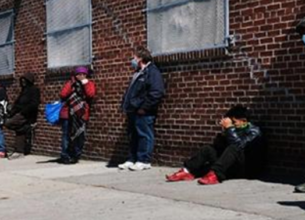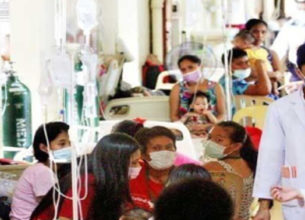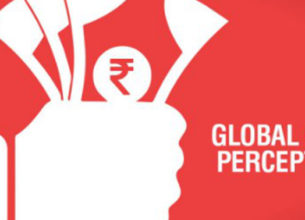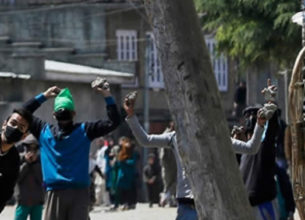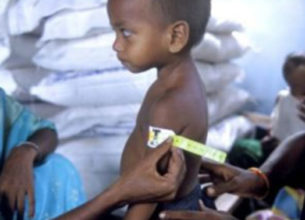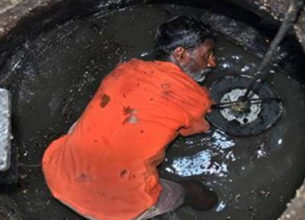INDIA’S RICHEST 1% HOLD FOUR TIMES MORE WEALTH THAN 70% OF POOR: OXFAM
21, Jan 2020

Prelims level : Social Issues – Poverty
Mains level : GS-II Issues relating to Poverty and Hunger.
- The International Rights Group, Oxfam released its annual study ‘Time to Care’ before the start of the 50thAnnual Meeting World Economic Forum (WEF) Annual Meeting.
Key Highlights of the Report:
-
1.Global Level:
- The world’s 2,153 billionaires have more wealth than the 4.6 billion people who make up 60 per cent of the planet’s population.
- The report flagged that global inequality is shockingly entrenched and vast and the number of billionaires has doubled in the last decade, despite their combined wealth having declined in the last year.
- Although global inequality has declined over the past three decades, domestic income inequality has risen in many countries, particularly in advanced economies and reached historic highs in some.Concern about inequality underlies recent social unrest in almost every continent, although it may be sparked by different tipping points such as corruption, constitutional breaches, or the rise in prices for basic goods and services.
- India’s richest 1 per cent hold more than four-times the wealth held by people who make up for the bottom 70 per cent of the country’s population, while the total wealth of all Indian billionaires is more than the full-year budget.
- Regarding India, Oxfam said the combined total wealth of 63 Indian billionaires is higher than the total Union Budget of India for the fiscal year 2018-19.
- As per the report, it would take a female domestic worker 22,277 years to earn what a top CEO of a technology company makes in one year.
- The report had said that women and girls put in 3.26 billion hours of unpaid care work each and every day — a contribution to the Indian economy of at least Rs 19 lakh Crore a year, which is 20 times the entire education budget of India in 2019.
- They spend billions of hours cooking, cleaning and caring for children and the elderly. Unpaid care work is the ‘hidden engine’ that keeps the wheels of our economies, businesses and societies moving.
- But the report has noted that the governments are underfunding vital public services and infrastructure that could help reduce women and girls’ workload.
2.Specific Info about India:
3.Specific Info about Female Workers:
Key Recommendations:
- The gap between rich and poor cannot be resolved without deliberate inequality-busting policies, and too few governments are committed to these. So, some of the recommendations to government given by the report are as:
- All governments should set concrete, time-bound targets and action plans to reduce inequality as part of their commitments under Sustainable Development Goal (SDG-10: Reduce Inequalities). These plans should include action in the following three areas:
- Universal free health care, education, pensions, child benefits and other public services that also work for women and girls should be delivered.
- Freeing up of women’s time should be a key objective of government spending. Investment must be made in public services including water, electricity and childcare that reduces the time needed to do this unpaid work.
- End the under-taxation of rich individuals and corporations. Tax avoidance and evasion by corporates and the super-rich should be eliminated. Tax system should be redesigned to make it fair, with developing countries having an equal seat at the table.
- The report has also noted that getting the richest one per cent to pay just 0.5 per cent extra tax on their wealth over the next 10 years would equal the investment needed to create 117 million jobs in sectors such as elderly and childcare, education and health.
Shortcomings of the Report:
- Oxfam determines global inequality on the basis of one’s net wealth—assets minus liabilities and excludes income altogether, ignoring purchasing power parity, standard of living, pension funds and future claims of investments which are major parameters for measuring inequality.
- E.g.: A large section of Indian population invest in the education and career building of their children. That may be a liability today but is also an investment for tomorrow. Liabilities with income is not the same as liabilities without income.




